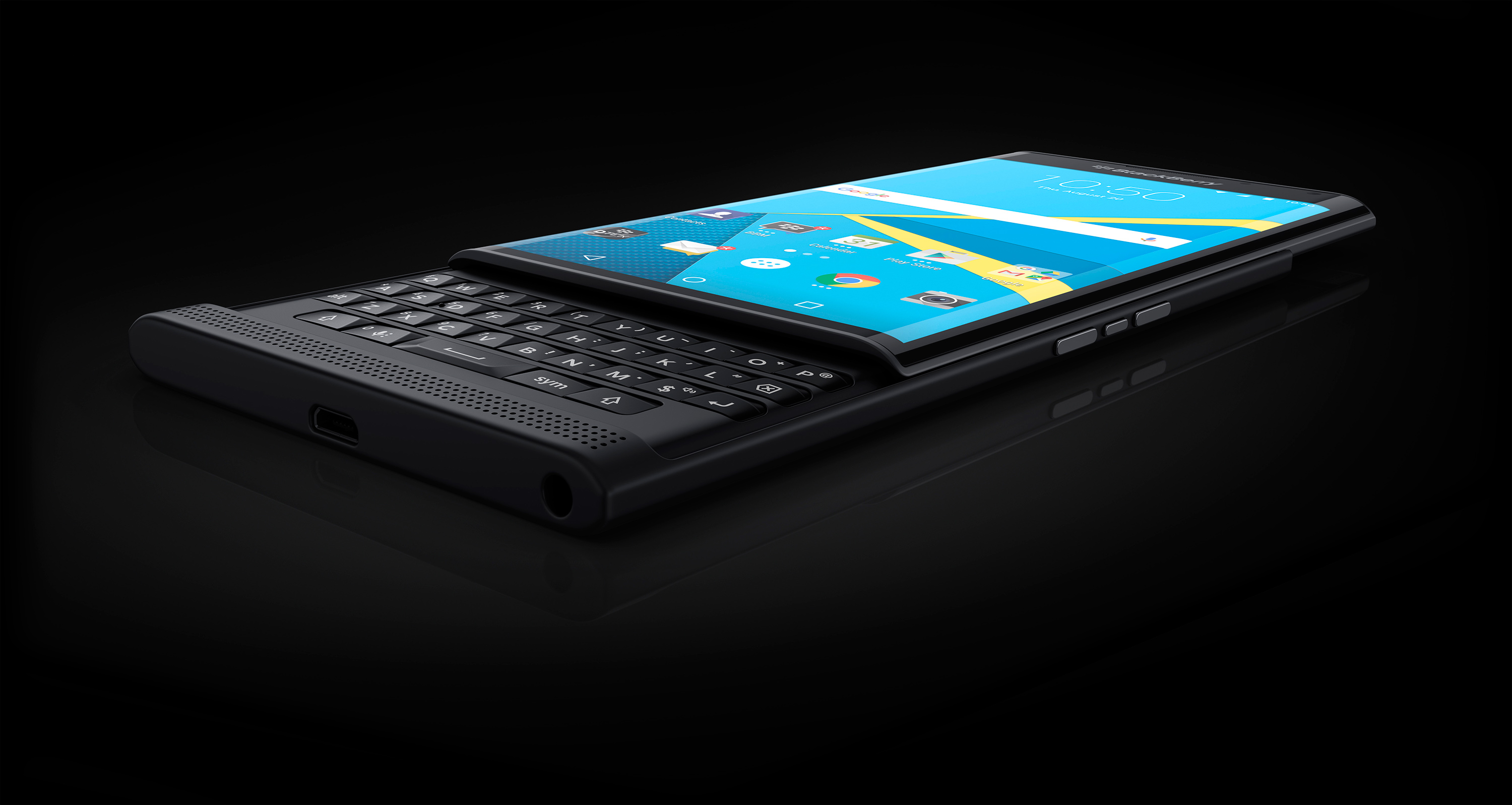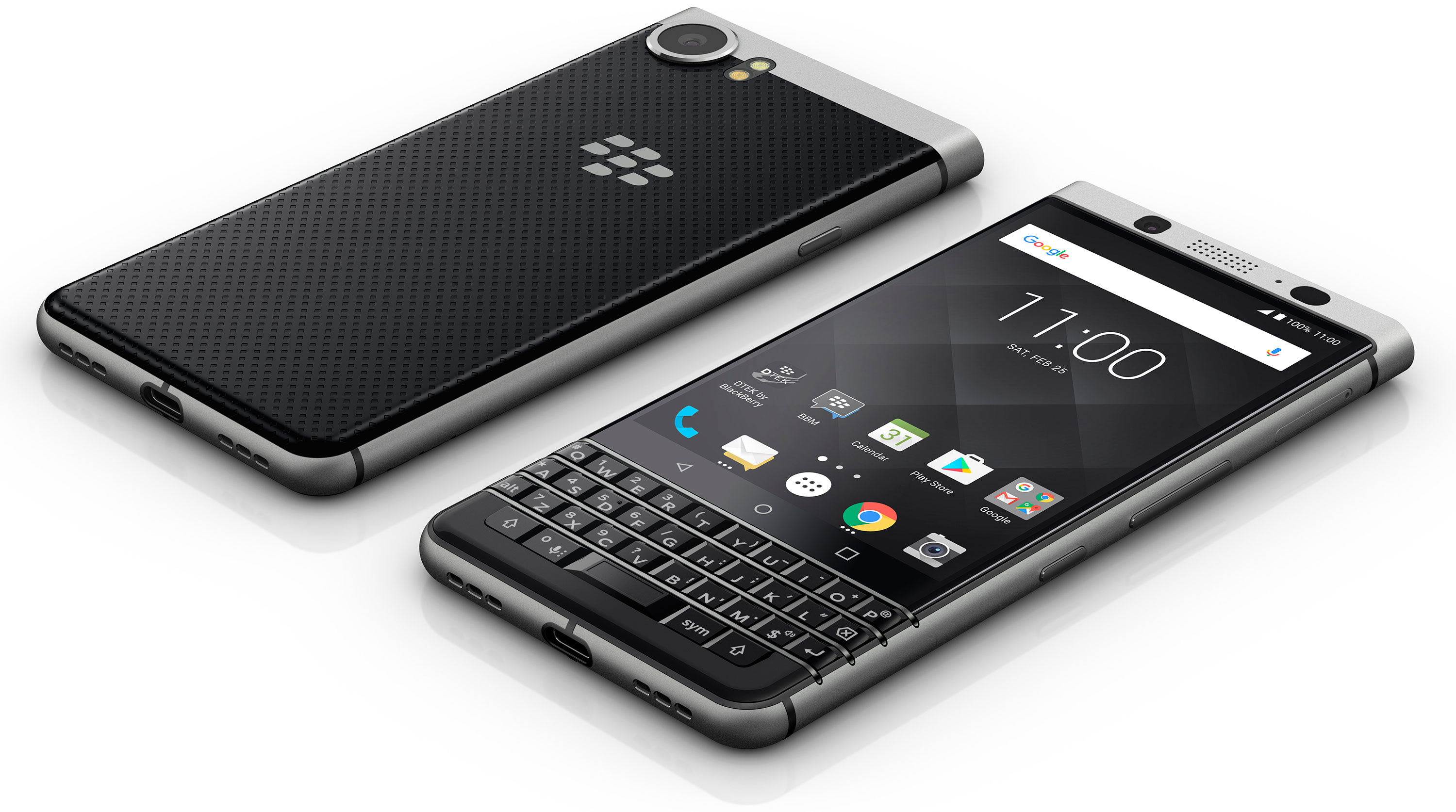The upcoming QWERTY BlackBerry 5G smartphone might have one killer feature
BlackBerry devices return, with a new focus

BlackBerry, FIH Mobile, and OnwardMobility have signed an agreement to deliver a new BlackBerry-branded smartphone in the first half of 2021.
The new handset will support 5G connectivity, come equipped with a physical keyboard, and provide class-leading security, a unique combination of features for governments and enterprises.
But apparently there is one feature that tops all of them.
- The best antivirus software around today
- Best secure drives: top USB drives to protect your data
- 5 cheap smartphones with fingerprint scanners
The handset
Under the terms of the agreement, OnwardMobility will plan and sell the upcoming 5G BlackBerry smartphone, FIH Mobile will engineer and produce the device, whereas BlackBerry will provide enterprise and government level security technologies for the upcoming handset. The product will be available in North America and Europe, so for other markets BlackBerry might choose another manufacturing partners.
The press release issued by the three companies does not disclose any details about the upcoming BlackBerry 5G smartphone other than saying that it will feature a QWERTY keyboard, a 5G-enabled mobile platform, use Google’s Android operating system, and support enhanced security technologies. Meanwhile, the PR states that the product will become available in the first half of 2021, which may indicate that development of the handset is well underway.
“Enterprise professionals are eager for secure 5G devices that enable productivity, without sacrificing the user experience,” said Peter Franklin, CEO of OnwardMobility. “BlackBerry smartphones are known for protecting communications, privacy, and data. This is an incredible opportunity for OnwardMobility to bring next-generation 5G devices to market with the backing of BlackBerry and FIH Mobile.”

Uneasy business
Historically, businesses, governments, and enterprises were happy-enough with their BlackBerry smartphones offering secure communication services, a physical keyboard, and other advantages premium handsets featured at the time. But it is not going to be easy to make a 5G BlackBerry smartphone popular.
Are you a pro? Subscribe to our newsletter
Sign up to the TechRadar Pro newsletter to get all the top news, opinion, features and guidance your business needs to succeed!
Firstly, most people these days are used to touchscreen handsets, but not to physical keyboards, it is not like the latter are less comfortable to use, people are just fine with virtual ones. Secondly, there are not so many loyal BlackBerry owners left, which means that OnwardMobility might have to address a niche market. Thirdly, if OnwardMobility and FIH Mobile manage to come up with a unique selling feature, it will have to be a feature that will outshine capabilities offered by tens of smartphones available today.
“Assuming they are in the £500 – £800 space, they are going to facing phones like the iPhone 11, and devices packing six cameras and the latest Qualcomm chipset,” Ben Wood, an analyst with CCS Insight, told The Register. “That's a very, very tough space, and they're going to need something extraordinary.”
Apparently, there is such a feature

FIH Mobile is a subsidiary of Foxconn Technology Group, the world’s largest contract maker of electronics. One important thing to note about FIH Mobile is that its owns a former Nokia manufacturing facility in Hanoi, Vietnam. Keeping in mind tensions between the USA and China, Foxconn’s base of operations, producing BlackBerry 5G smartphones in Vietnam makes a lot of sense, especially considering that natural customers for BlackBerry handsets are governments and corporations working in various regulated industries.
Governments tend to impose additional regulations quickly, lifting them is a different matter and may take years. Therefore, if at some point the US government and its allies in Europe decide not to use smartphones made in China for sensitive communications, this is where OnwardsMobility and FIH Mobile may win big.
FIH specifically noted in the press release that it would manufacture the 5G BlackBerry devices ‘under strict guidelines to ensure component, device as well as supply chain integrity.’
Not using Chinese parts is relatively easy: there are chips and displays produced in South Korea and Taiwan, there are smaller components made elsewhere. Meanwhile, ensuring a very strict integrity and an end-to-end protected supply chain is complicated. So far, OnwardMobility and FIH have said nothing about following US Department of Commerce’s NIST SP 800-193 platform firmware resiliency guidelines or the latest international Common Criteria standard (ISO 15408, CC Version 3.1) for manufacturing secure products.
Meanwhile, while not stated directly, it is completely possible that the two companies have plans to build BlackBerry smartphones following all the security standards. Certifications of production facilities take time, but OnwardsMobility and FIH have months before announcement of the first BlackBerry 5G handset (which is likely going to take place at Mobile World Congress 2021) and over half of a year before shipping it.
If this is the case, the two companies might capture a very lucrative market segment by offering unique products featuring extended security.
“As an exclusive supplier to OnwardMobility, we’re committed to delivering new BlackBerry 5G devices to market, utilizing our deep expertise in design, manufacturing, component supply and logistics management,” said Dr. Wen-Yi Kuo, Executive Director, FIH Mobile.
Another win for Foxconn
At present, FIH Mobility produces Nokia-branded smartphones developed by HMD Global. The deal with BlackBerry and OnwardMobility gives FIH Mobile an additional brand and a new market segment to address, which lowers reliance of Foxconn on Apple, its largest customer, a win for the company.
- These are the best endpoint security services around today
Sources: OnwardMobility, The Register
Anton Shilov is the News Editor at AnandTech, Inc. For more than four years, he has been writing for magazines and websites such as AnandTech, TechRadar, Tom's Guide, Kit Guru, EE Times, Tech & Learning, EE Times Asia, Design & Reuse.